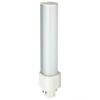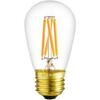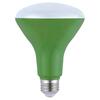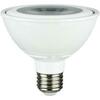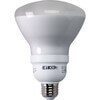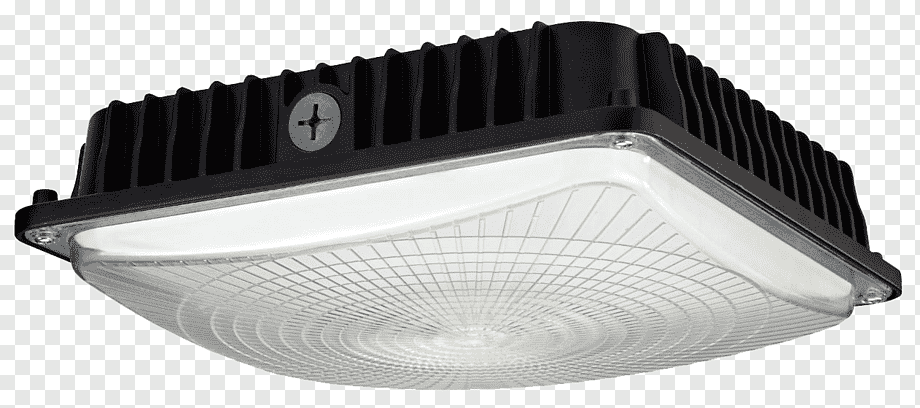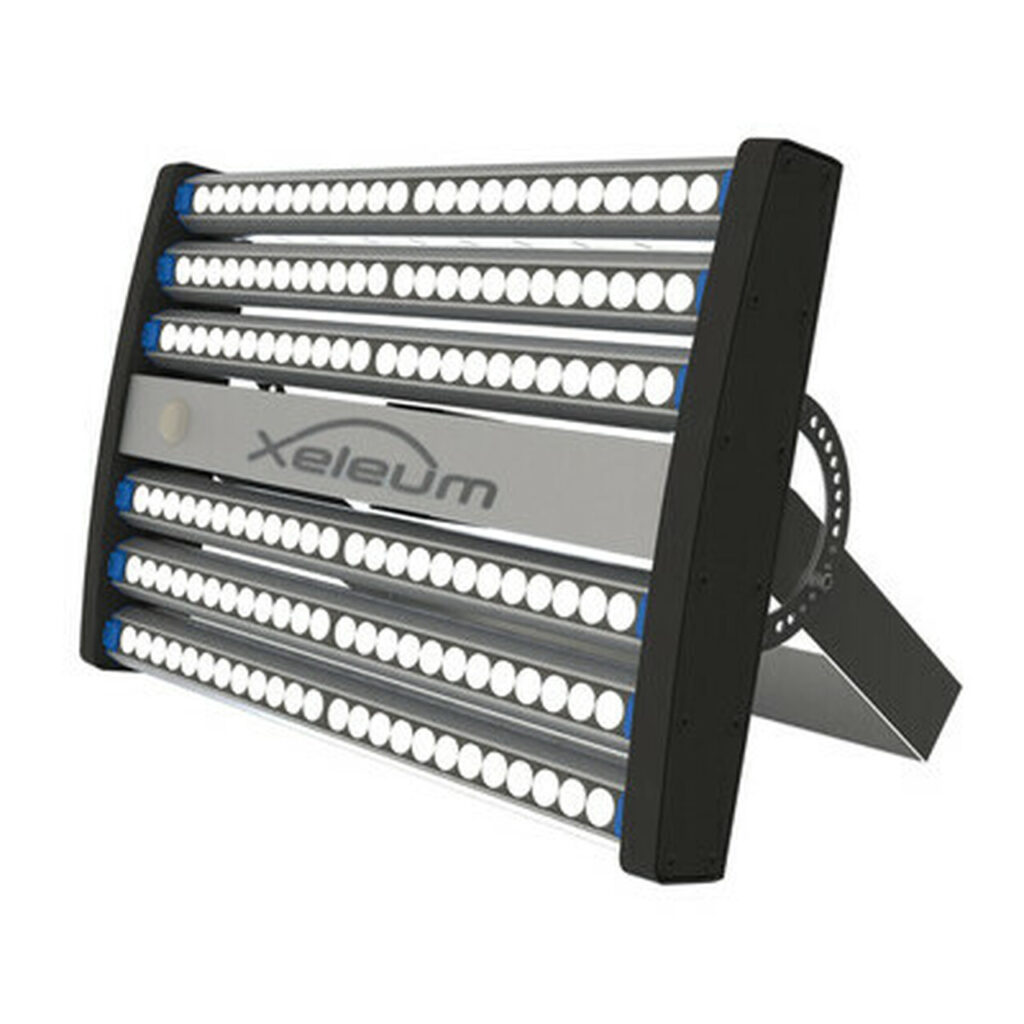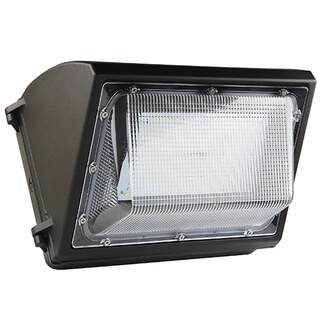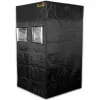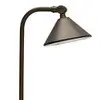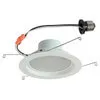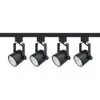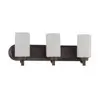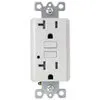A dimly lit or dark outdoor garden or landscape is an opportunity to elevate the aesthetic and ambiance of your home. You’ve invested a lot of time into your house with DIY projects, so why wouldn’t you brighten your garden fountains and flower beds, pathways, and trees? If you want to show off even after the sun sets, DIY landscape lighting is in your future. This article will focus on the things that need to be considered when planning low-voltage garden lighting. Without further ado, let’s start.
Plan & Outline Light Placements
Whether you use a low-wattage lighting kit or purchase your items separately, you need a strategy. Think about how you want your garden to light up. You can use lighting to attract your favorite plants and landmarks, such as statues, trees, and flag poles. Use lights to highlight paths, entrances, and steps, and emphasize safety. Be sure to consider lawn maintenance issues, such as how the fertilizer will corrode your attachments and what happens when you shovel snow. After evaluating your requirements and your lawnmower, you can decide on practical issues, such as how many accessories you need and which route the cables should go.
Covert Outdoor Lighting Voltage
Next, you’ll need a transformer or two to convert the 120 volts in your home to 12 volts for outdoor lighting, 100 feet or more yard wiring, and a shovel with a square blade. When getting one, you will need to select a transformer that can adequately handle the total wattage of the lamps. For instance, if the total amount of watts of all the lights in your home is about 300W, you will require at least one transformer with a maximum output power of about 300W. After that, if you plan to add more lamps in the future, you should choose a transformer with a maximum wattage between 100 and 300W, which is higher than the total wattage of your current lights. It is very necessary. Although LEDs are becoming more and more popular in this type of installation, you will need to purchase a transformer with a maximum wattage of 20% more than its total wattage. You can do this if you choose a classic halogen lamp. In other words, the load of the transformer should not exceed 80% of its maximum authorized power. It is called derating and helps to solve the problem of low transformer efficiency.
Garden wiring or wires are available in a variety of specifications or diameters. The lower the number, the thicker the wire and the greater the ability to carry current over longer distances. Landscape lighting generally uses wires in the 10″ – 16″ range. For longer lengths, I prefer the one of 12″ or 10″ wire. It is done to avoid voltage drops. When you move away from the transformer and its power source, the circuit becomes more resistant, reducing the voltage. Finally, remember to take the time to organize your lighting carefully, as it is essential.















